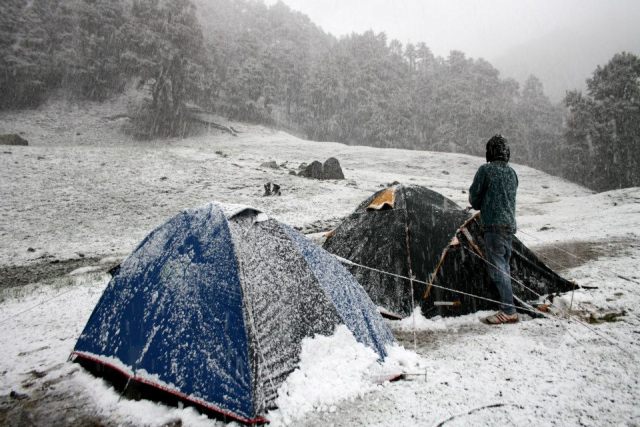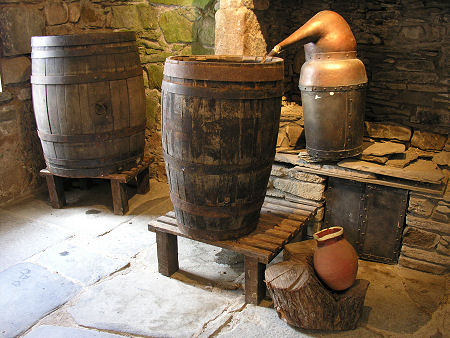Shimla: Conservators have rubbished any claims of Forests Rights Act in Great National Himalayan Park, a reserve of rare Himalayan flora and fauna that aspires to make it to the prestigious list of UNESCO world natural heritage sites, something for which it has been shortlisted.

Speaking about the backdrop of the park likely to be showcased as a world heritage site, Sanjeeva Pandey, a senior forest officer who at one time was director of the park says, “it was based upon wildlife survey reports of Himachal Wildlife Project, 1980, that the catchments of Jiwa, Sainj, Parvati and Tirthan rivulets of Kullu were considered for constituting the Great Himalayan National Park.”
“Evoking the Wildlife (Protection) Act of India 1972, the area was delineated because firstly because it did not have any habitation, secondly the people living in its buffer zone were leading traditional lifestyles, thirdly there was little or no tourism and lastly the region had a very high biodiversity value with no roads leading into the park area,” says Pandey.
The first notification for establishing the national reserve was issued in 1984, he added.
With an NGO, Himalayan Abhiyan Nithi, having raised the issue of Forest Rights Act (2006) of traditional forest dwellers in the area designated as a National Park, the forest and wildlife conservator said, “there was no rehabilitation of any person involved as the area chosen did not have any habitation in the first place, so it is wrong to say that there were any forest dwellers in are declared a reserve.”
Moreover, the 1884 Anderson Forest Settlement Report has recorded community rights of all villages in the vicinity of the area demarcated as the park and the question of Forest Rights Act’s applying to GHNP simply does not arise.
About forest access rights of the habitants living in the buffer zone, Pandey reiterated, rights of villages in the vicinity of GHNP were settled after paying compensation in accordance with Wildlife Protection Act of 1972.
The state government appointed settlement officers and heard out of all such people who claimed rights that were corroborated with reports of Anderson’s 1884 Forest Settlement Reports.
The forest rights of the people mainly pertained to collection of herbs and grazing of sheep. The process of compensation for rights in the designated park area was completed in 1999 and an amount of Rs 1.80 crore was paid,” said Pandey.
Besides the elusive snow leopard, GHNP is one of the last habitats for the crticially endangered western tragopan and four other species of spectacular pheasants.
Starting from 1700 meters to the higher zones at over 5800 meters the park, spread over 754 square kilometres, also shelters the mighty and rare Himalayan brown bear.
In all, the park is home to 31 mammal species, which include blue sheep, Himalayan Thar and musk deer. Bird watchers have detailed presence of 203 birds species and flora scientists have catalogued 425 plant species (some of which are very rare) in the park besides a host of butterflies and insect species.
In October, Australian naturalist Graeme Worboys on behalf of UNESCO did a site inspection to evaluate the case of GHNP to be included in the world heritage site list. Sundarbans National Park in West Bengal is already on the coveted list.
As Editor, Ravinder Makhaik leads the team of media professionals at Hill Post.
In a career spanning over two decades through all formats of journalism in Electronic, Print and Online Media, he brings with him enough experience to steer this platform. He lives in Shimla.




I think it is important that the GHNP authorities get a written, point wise response to this from the Himachal Niti Abhiyan people. Thereafter, legitimate and valid concerns if any can be addressed by the government in consultation with aggrieved parties. Meanwhile, the candidature / inclusion of the GHNP as a World Heritage Site should in no way be contested because either way any perceived or imagined problems will only go away after being addressed by the parties concerned. Differences are more likely to be resolved if the GHNP were to become a WHS.